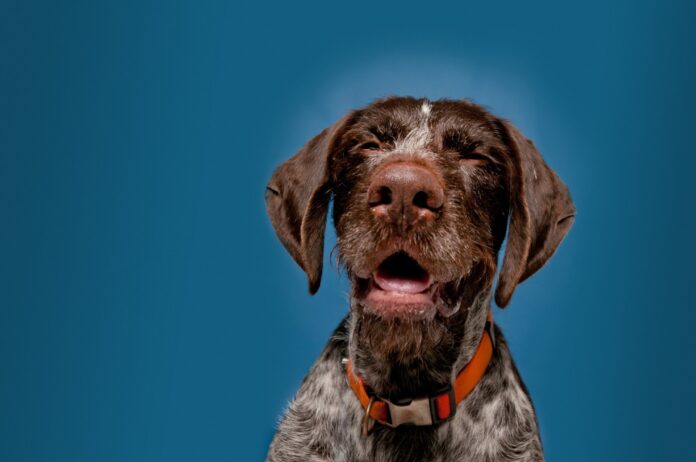Bruce’s Doggy Day Care shares top tips for helping your pooch persevere with high pollen this summer
As spring transitions to summer and the pollen count begins to skyrocket, people across the UK start to suffer with the cold-like symptoms of a pollen allergy most commonly known as the dreaded, hay fever. But not many people know that, just like humans, dogs suffer from the condition too!
Although it’s the same allergic reaction that causes hay fever in both humans and dogs, the symptoms can appear in different ways and aren’t always immediately obvious to identify. That’s why Bruce’s has compiled some top tips on how to identify hay fever in your pooch, and how you can avoid or remedy the condition.
- Step one is identifying that your dog is suffering from hay fever, as it may not be immediately obvious. Although a runny nose, streaming eyes and sneezing can be symptoms in dogs, the most common is in fact, itchy skin. Keep an eye out for sore, red, flaky skin, or if they’re scratching more than usual. This can also sometimes lead to the loss of patches of fur.
- Prevention is always better than cure, so take measures to help your dog avoid pollen. Pollen count is highest at midday, so try and take walks when levels are lower in the early morning and late evening. Giving your dog a wipe down or clean after every walk will also get rid of any leftover pollen, plus be sure to change their bedding and vacuum your house regularly.
- Keeping on top of your dog’s regular flea and worming treatment can help alleviate itchiness and make your dog more comfortable when suffering from minor hay fever symptoms.
- If your dog is suffering particularly badly, be sure to check in with your vet before ordering any medications yourself. Your vet will be able to recommend suitable medication for your dog specifically, whether its shampoos, creams, eye/ear drops or even injections in some cases.
- Antihistamine treatments should only be used as a last resort and under the careful direction of your vet, as some brands will contain ingredients which are not safe for dogs. Discuss the options in length with your vet and consider that even the antihistamine options that are safe for dogs will likely make them drowsy.
These tips are particularly worth considering if your pet fits into the list of breeds which are most susceptible to hay fever, as they may be suffering from symptoms without you realising. The breeds that most commonly suffer from a pollen allergy are:
- Cairn terrier
- Wire-haired terrier
- Boston terrier
- West Highland white terrier
- Poodles
- Dalmatians
- Schnauzers
- Irish setter.
Bruce’s looks to offer a bespoke level of care for each of its customers and if your pooch suffers from hay fever, our handlers will be sure to administer any vet-approved medication when required.
Established in 2008, Bruce’s is a multi-award-winning business and recognised leader of doggy day care in the UK, now operating 9 sites across the UK and caring for more than 800 dogs. It sets itself apart from the competition by creating a fulfilling experience for dogs, their lives and their owners’ lives. By providing a more fulfilled owner/dog relationship the result is happier people and happier dogs.
For more information on Bruce’s and its approach to day care and training please visit
Help keep news FREE for our readers
Supporting your local community newspaper/online news outlet is crucial now more than ever. If you believe in independent journalism, then consider making a valuable contribution by making a one-time or monthly donation. We operate in rural areas where providing unbiased news can be challenging. Read More About Supporting The West Wales Chronicle























